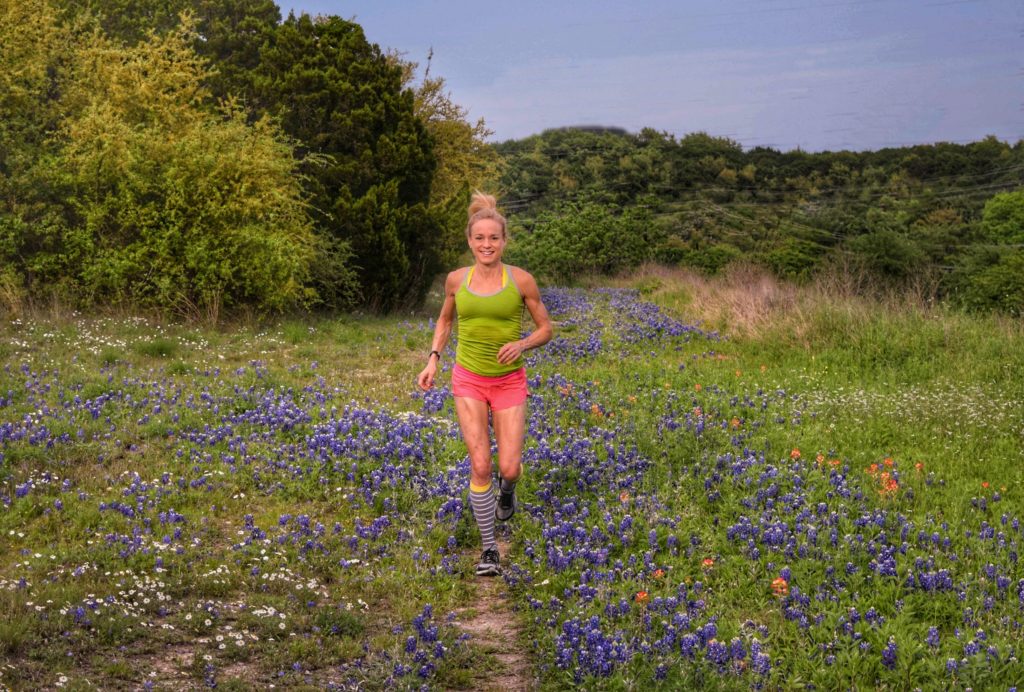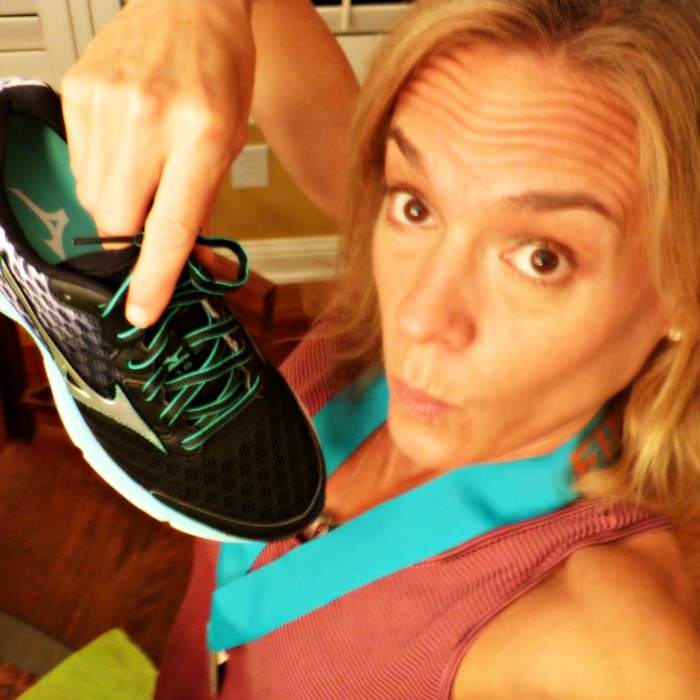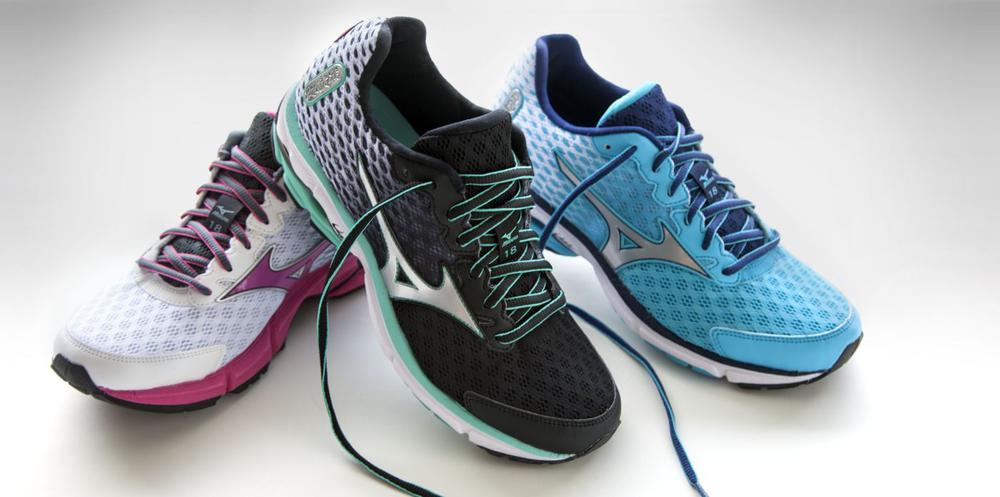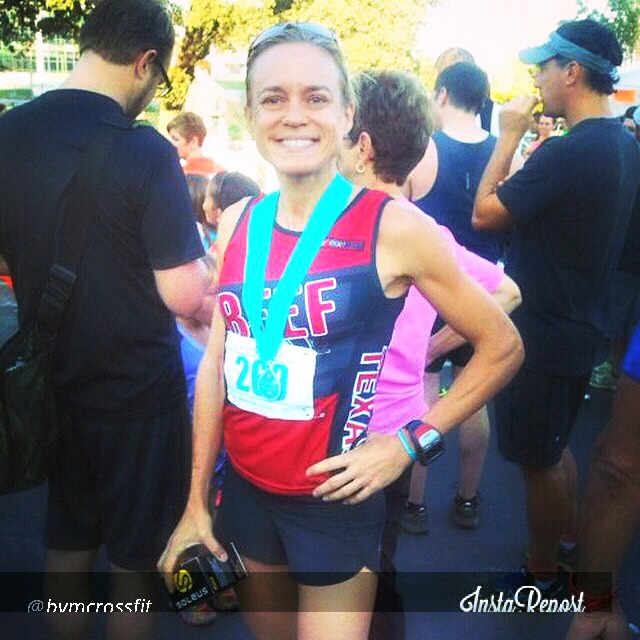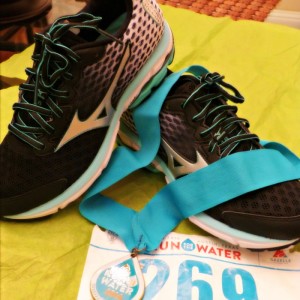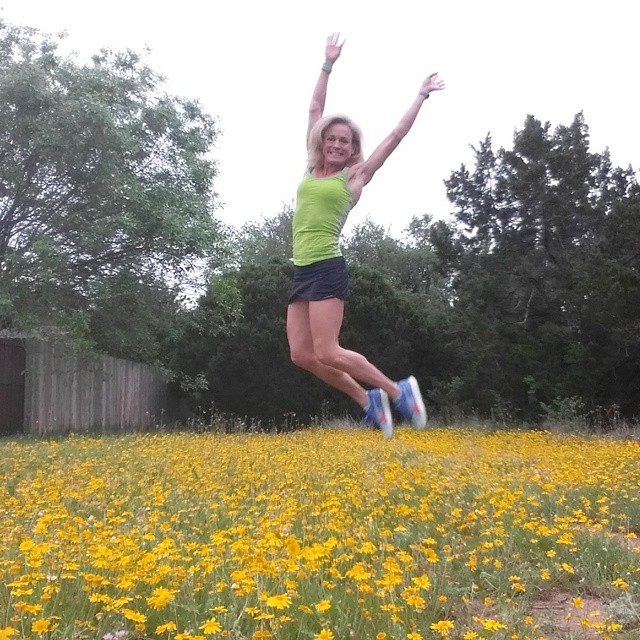 Springtime is one of the most enjoyable times of the year to exercise outside. After months of being trapped indoors, feeling the warm sunshine on my skin and enjoying Mother Nature’s endless and colorful beauty (especially wildflowers on the trail) makes me want to never want to come home from my run. That is, until the sneezing and sniffling starts. But, this year, I’m having a #SneezeFreeSpring thanks to the advice and help of MinuteClinic at CVS Pharmacy. More than 35 million people suffer from seasonal allergies and often confuse the symptoms with those of a common cold – you can find out more about seasonal allergies, their causes and treatments here.
Springtime is one of the most enjoyable times of the year to exercise outside. After months of being trapped indoors, feeling the warm sunshine on my skin and enjoying Mother Nature’s endless and colorful beauty (especially wildflowers on the trail) makes me want to never want to come home from my run. That is, until the sneezing and sniffling starts. But, this year, I’m having a #SneezeFreeSpring thanks to the advice and help of MinuteClinic at CVS Pharmacy. More than 35 million people suffer from seasonal allergies and often confuse the symptoms with those of a common cold – you can find out more about seasonal allergies, their causes and treatments here.
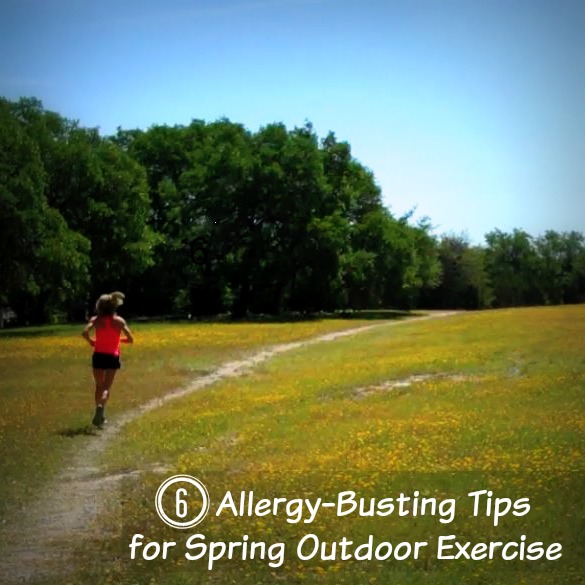
6 Allergy-Busting Tips for Spring Outdoor Exercise
Avoid Mid-Day Exercise: You may have to reschedule your “runch” (running lunch break) to morning or evening until spring allergy season passes. Experts say that most pollen in urban areas hits peak levels around noon, or shortly thereafter. Also, be warned, pollen is going to be peskiest on warm, dry and breezy days.
Wear Protective Gear: Sporting a billed cap, wrap-around sunglasses and even a bandana over your nose and mouth (if you dare), can hinder the assault of some pollen. Opt for a full cap rather than a visor as this will help keep pollen out of your hair.
Wash Off Afterward: Although you’ve already been exposed to allergens exercising, it’s always a good idea to wash away the allergen offenders on your skin before they agitate you further (and infiltrate your carpet and furnishings). Also, don’t forget to wash hair and skip the use of hair styling products which only further attract floating particles in the air. So, hop in the shower ASAP after exercise, or if that’s not possible, at least rise off arms and legs down with a garden hose until you get home.
Change Into Clean Stuff: Don’t hang out in your sweaty exercise clothes, the moisture traps allergens like a magnet. Change into clean clothes and toss your used ones into the wash – definitely don’t recycle them for a second wear! Same goes for your bed sheets, change them at least once a week to lessen allergy symptoms.
Experiment with Natural Remedies: Some say local honey has been linked to a reduction in seasonal allergies. It can’t hurt to try, especially considering the carbohydrates in honey will provide you with some extra energy to fuel your workout. You also might look into Quercinten, an antioxidant found in many foods like red onions, capers, cranberries and more – you can kick up the concentration and histamine-blocking benefit by taking a supplement. Check with your doctor.
Consider Allergy Medications: Even with every precaution, allergy symptoms may persist. Don’t let allergens win and keep you stuck indoors. Visit with an allergist or your medical professional about over-the-counter and prescription medications that can keep you kicking asphalt outdoors all year long. You can even drop in at your convenience to talk to one of the nurse practitioners or physicians assistants at MinuteClinic who can recommend the right over-the-counter medications and write prescriptions when medically appropriate.
MinuteClinic, a no-appointment-needed, walk-in service at CVS Pharmacy, offers quality medical care on your schedule – plus most major insurances are accepted.
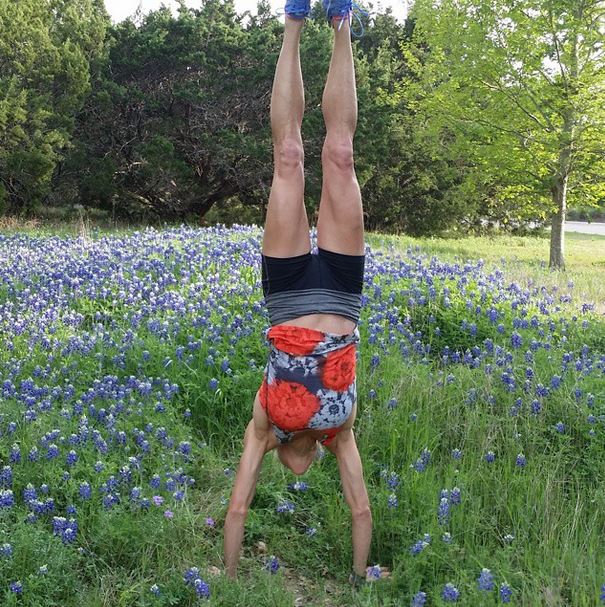
#SneezeFreeSpring

This post is sponsored by MinuteClinic
